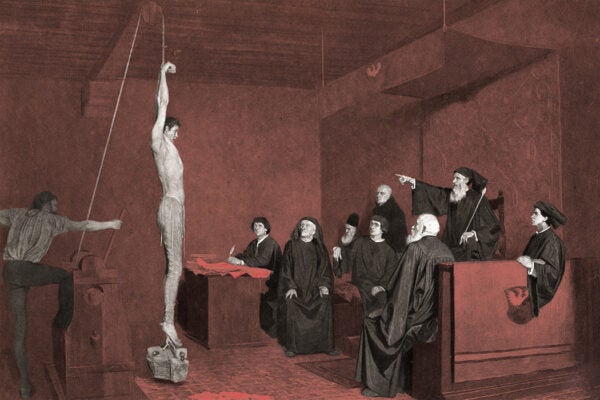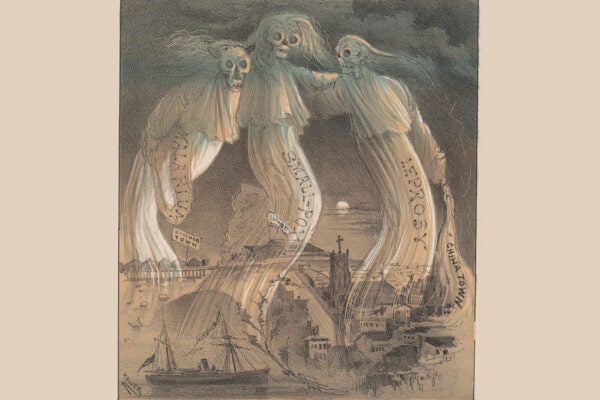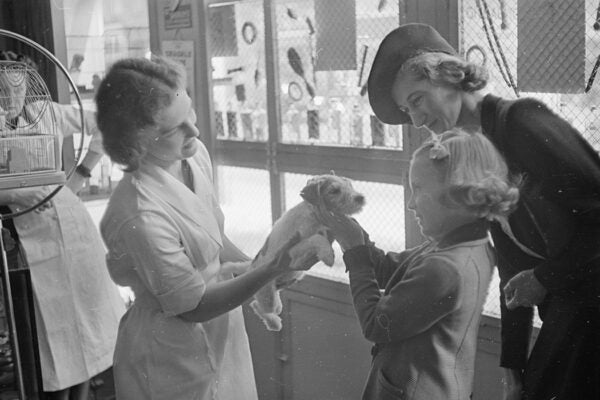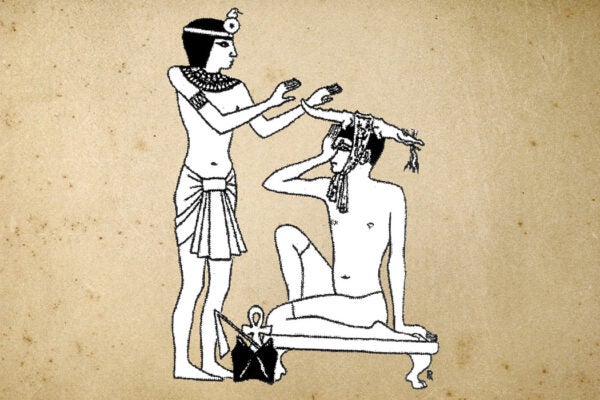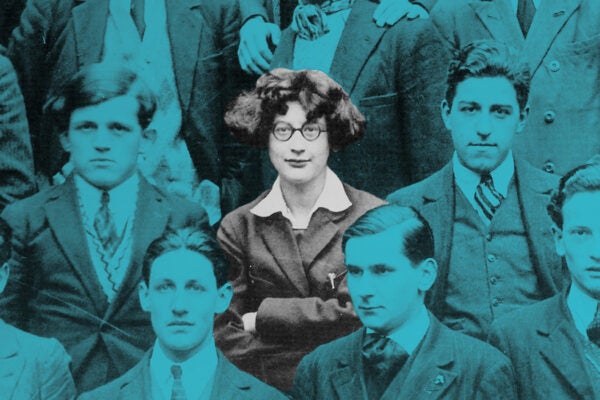Diapers and the Invisible Work of Poverty
The parenting work of the impoverished may not be visible, but the lengths poor mothers go to to obtain diapers reveal their engagement and vulnerability.
What “Pain” Means
The English word “pain” once meant punishment, but over time, it’s been used to refer to different kinds of unpleasant experiences.
The Maldives: Paradise Lost?
Marketed as a luxury tourist destination, the Maldives struggles with the legacy of an authoritarian government and the existential threat of climate change.
Bob Dylan and the Creative Leap That Transformed Modern Music
In 1964, Dylan decided that he wanted to make a different kind of music.
Foreign Germs: The Stigmatization of Immigrants
The stigmatization of immigrants through the language of disease and contagion is as American as apple pie.
How Interwar Britain Saved Their Dogs
Canine distemper became a major threat in Great Britain after World War I. Saving the nation’s dogs depended on an imperfect collaboration.
The Eternal, Essential Apartment
We may think of the apartment building as the ultimate symbol of modern urban living, but as a typology, it dates to antiquity.
From The Host to Parasite: Hollywood’s Hidden Hand
Bong Joon-ho’s films interrogate the ways modern Korean culture has been shaped by the post-war relationship between the United States and South Korea.
Crocodile of a Migraine? An Egyptian Rx
Why the ancient Egyptians did—or did not—recommended strapping a clay crocodile to an aching head.
Simone Weil: Voluntary Worker
The weeks Weil spent working in French factories helped to develop her ideas about the meaning and value of labor.

